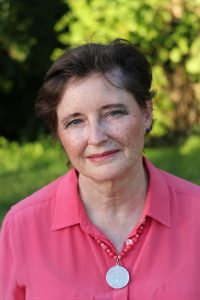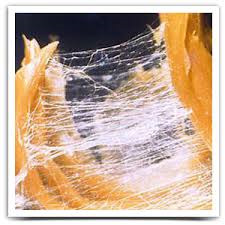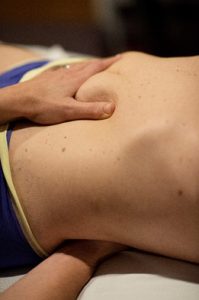“whisper of blood, and the pleading of bone marrow”
Knut Hamsun (1859–1952)
Knut Hamsun, awarded the Nobel Prize in Literature in 1920, urged writers to describe the “whisper of blood, and the pleading of bone marrow.”
I’m a writer, and I understand the pleading of bone marrow at the physical level. And I worked to reduce that pleading during 42 days of chemotherapy spread over two years.
Some cancer patients live on maintenance chemotherapy, which involves receiving bone marrow stimulants like Neupogen or Neulasta after each infusion to keep white blood cell counts up.
One patient who had Neulasta for dozens of cycles was told she had widespread bone metastases. Upon further investigation, those studying her situation agreed that what appeared to be metastasis in the bones was actually not cancer, but the long-term effects of the marrow stimulant.
The shots cause bone pain and are extremely expensive. When long-term use of these shots causes serious damage, why not try adding some safe integrative therapies that strengthen the body to avoid the shots?
I was offered the shots after each cycle, yet I turned them down because I wanted to try natural means for keeping my white cell counts up. It’s necessary to have white blood cells to prevent infection. If levels drop too low then chemotherapy is postponed, which can create its own set of problems.
I did not want the bone pain and the enormous additional stress it would add to my body on top of the chemo. Rather, I wanted to strengthen and support my body.
I used diet (lots of carrots, cooked mushrooms, and bone broth), acupressure, visualization, and Emotional Freedom Technique.
I ended up needing only one shot one time to raise my white cell counts.
No one has studied whether what I did could work or not, and no one will because there’s no money to be had. Alternatively, no one will ever try to prove they don’t work, again because there is no money to be gained. I don’t think any of the things I did worked on its own. I think it was a healthy dose of each process done faithfully that made it possible for my body to produce enough white blood cells to get me through two years of aggressive chemotherapy with only one shot.
Did my processes work to keep my white cell counts up? It appears, based on the fact patients are routinely given the shots because they are not expected to keep their white cell counts up, that it probably did. I don’t know anyone else who has been able to avoid those shots (I’d love to hear from anyone who has!).
As always, discuss with your oncologist before passing up the shots. My blood counts were closely monitored. It took a big commitment on my part to work at these processes every day. For me, it was worth it.
What is your life worth? What is your health worth? Are you willing to try safe integrative therapies to give your body every single fighting chance you can? There are so many things that can be done that have not been scientifically proven, but if they are safe and you discuss them with your doctor, they just might give your body the edge it needs. Sometimes it takes it all to turn the corner. It did for me. And that doesn’t mean it will happen for everyone, because we are all different.
But I was not going to sit back and let the doctors and only scientific studies determine what I would and would not do. If I had done that, I know I would have died at least six years ago.
I chose to do everything medical and everything safe that I could.
And it worked for me. Maybe it will work for others. That is my hope, because often with this disease, we are without real hope. I want the suffering to stop. I want the pleading of bone marrow to stop. And so I share what I did.
Thriver Soup Ingredient:
Vince Lasorso at Whatever Works Wellness Center in Cincinnati created the “Bone Marrow Healing” CD I used during treatment, and occasionally now when I feel a cold coming on. The visualization involves feeling—not seeing—one’s bones lighting up. I highly recommend it.
More information on what I did to support my body during chemotherapy can be found in Thriver Soup.
Sources:
Knut Hamsun, “Fra det ubevidste Sjæleliv,” Samtiden, September 1890



 Several of my friends invoked the Divine physician to bind up my broken bones recently through laying-on-of-hands healing techniques. I sustained three fractures in my left hand after falling off a galloping horse in mid-November. I am grateful to energy workers Brecka Burton, Mim Grace, Patricia Garry, Julie Loewenstine, and Laura Dailey.
Several of my friends invoked the Divine physician to bind up my broken bones recently through laying-on-of-hands healing techniques. I sustained three fractures in my left hand after falling off a galloping horse in mid-November. I am grateful to energy workers Brecka Burton, Mim Grace, Patricia Garry, Julie Loewenstine, and Laura Dailey.
 By Wendy E. N. Thomas
By Wendy E. N. Thomas
 CureToday magazine posted
CureToday magazine posted 